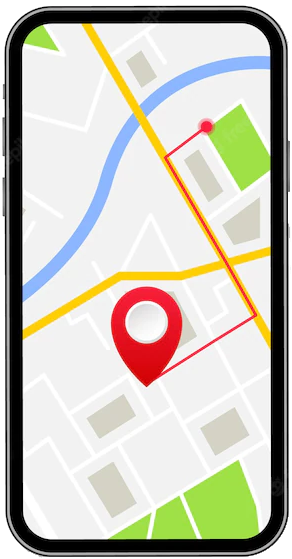» CONVENIENCE IS KEY WHEN IT COMES TO RIDESHARE APPS
Developing a rideshare app
The first rideshare apps – Uber and Lyft – were launched in the USA in the early 2010s. Currently, the global ridesharing market is valued at around 90 billion USD.
Rideshare apps evolved from services designed to facilitate actual ride-sharing. Drivers who were already traveling to a destination could “sell” spare seats to people along the way, who would then travel with them. Ridesharing apps as we know them today operate as an easy, convenient, reliable way for users to hail what are effectively taxis using their phones.
If you’re looking to develop your own rideshare mobile app, you should conduct your market research first. Analyse the competition to find gaps in the market that your app could fill. These gaps could be missing features that you could build into your app or an audience that could be serviced better by a specialised rideshare app.

Features that make Uber so popular
Things to consider when developing rideshare apps
Let Netgen deliver your rideshare app
Whether it’s launching on iOS or Android, your app will be in good hands with Netgen.

